The Significance of Foot 3D Scanners in Hospital Applications
With the rapid advancement of medical technology, foot 3D scanners have become increasingly common in hospitals as a precise measurement device. This technology collects three-dimensional data of patients' feet, providing critical support for clinical diagnosis, treatment planning, and postoperative rehabilitation evaluation. Its high precision, non-invasiveness, and convenience make it an indispensable tool in modern healthcare, particularly in orthopedics, rehabilitation medicine, and sports medicine.
I. Applications in Diagnosis and Evaluation
The introduction of foot 3D scanners provides hospitals with a scientific data foundation for diagnosing foot-related conditions.
Comprehensive Shape Data Collection
3D scanners can comprehensively record the shape data of patients' feet, including arch height, foot length, toe positions, and other structural details. This data is crucial for identifying abnormalities such as flat feet, high arches, pronation, or supination. If undetected, these issues may lead to related conditions such as knee pain, lower back discomfort, or walking difficulties.
II. Personalized Treatment Planning
Foot 3D scanners play a pivotal role in developing personalized treatment plans, offering scientifically guided, data-driven solutions for patients.
Design and Customization of Orthotic Devices
The foot shape data provided by the scanner serves as a direct basis for designing orthotic devices such as custom insoles and corrective shoes. For patients with flat feet, high arches, or gait abnormalities, custom orthotics can effectively improve mechanical distribution during walking, reduce foot and lower limb stress, and help restore normal function.
Support for Surgical Planning
In complex foot surgeries such as bunion correction or foot and ankle reconstruction, foot 3D scan data offers precise anatomical insights for preoperative assessment and planning. Surgeons can design more reasonable surgical strategies tailored to the patient's specific foot structure, maximizing success rates and minimizing postoperative complications.
Production of Rehabilitation Aids
For patients recovering from surgery or sports injuries, data from foot 3D scanners can be used to customize rehabilitation footwear or braces, providing optimal support during recovery and avoiding secondary injuries.
III. Role in Postoperative Rehabilitation Assessment
Postoperative rehabilitation is a crucial part of modern medicine. Foot 3D scanners offer a scientific basis for evaluating patients' recovery.
Dynamic Monitoring of Recovery Progress
Through periodic scans during the recovery period, changes in foot structure and pressure distribution can be tracked. This data helps doctors determine whether patients are regaining normal functionality or if rehabilitation plans need adjustment.
Accurate Assessment of Functional Recovery
By integrating gait analysis features from plantar pressure distribution systems, this data provides quantitative indicators for postoperative recovery evaluation. It also helps identify potential issues, such as uneven recovery or excessive stress in specific areas.
IV. Value in Sports Medicine and Preventive Medicine
Foot 3D scanners also hold significant value in the fields of sports medicine and preventive medicine in hospitals.
Prevention of Sports Injuries
For athletes or fitness enthusiasts, foot 3D scanners can identify issues such as uneven weight distribution or gait abnormalities. This allows doctors to devise injury prevention plans. For example, adjustments in exercise routines, proper footwear, or custom insoles can effectively reduce the risk of foot and lower limb injuries.
Health Screening and Early Intervention
During health checkups or screenings, foot 3D scanners can quickly detect foot problems and provide data for early intervention of potential diseases. This is particularly important for specific groups such as children and the elderly.
V. Precision Services for Special Populations
Foot 3D scanners are indispensable for providing precision medical services to special populations.
Monitoring Foot Development in Children
Children are in a critical stage of bone development. Unaddressed foot issues can have long-term impacts on the health of their lower limbs and spine. Foot 3D scanners enable regular monitoring of children’s foot development, aiding doctors and parents in formulating scientific interventions, such as corrective footwear or adjusted exercise routines.
Fall Risk Assessment in the Elderly
Elderly individuals are more prone to falls due to foot function decline or balance issues. Evaluations using foot 3D scanners can identify abnormalities in gait and foot stress distribution, providing doctors with data to develop fall prevention plans, such as recommending anti-slip shoes or assistive devices.
The application of foot 3D scanners enhances the precision and efficiency of diagnosis, treatment, and rehabilitation in hospitals while offering higher levels of personalized and specialized medical services. As a non-invasive, fast, and convenient measurement device, it plays a crucial role in orthopedics, sports medicine, and rehabilitation medicine. Additionally, with ongoing advancements in technology, the functions and application scenarios of foot 3D scanners will continue to expand, providing precise medical services to more patients and fueling the development of modern medicine.

 +86-0755-86131192
+86-0755-86131192 2025-01-07
2025-01-07 Back to list
Back to list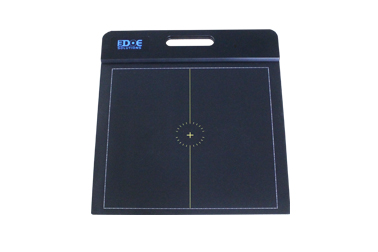
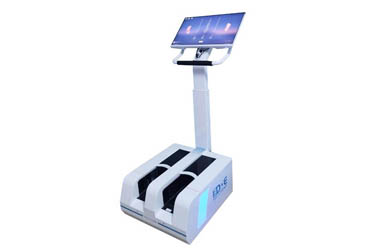
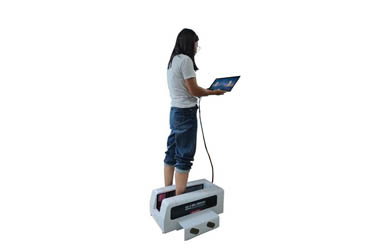
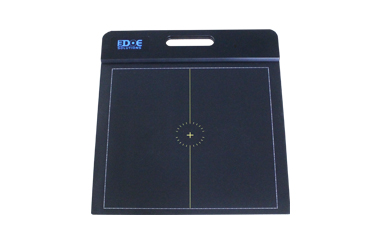

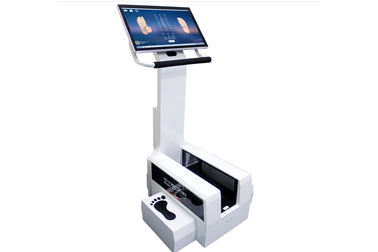



 +86-0755-86131192
+86-0755-86131192